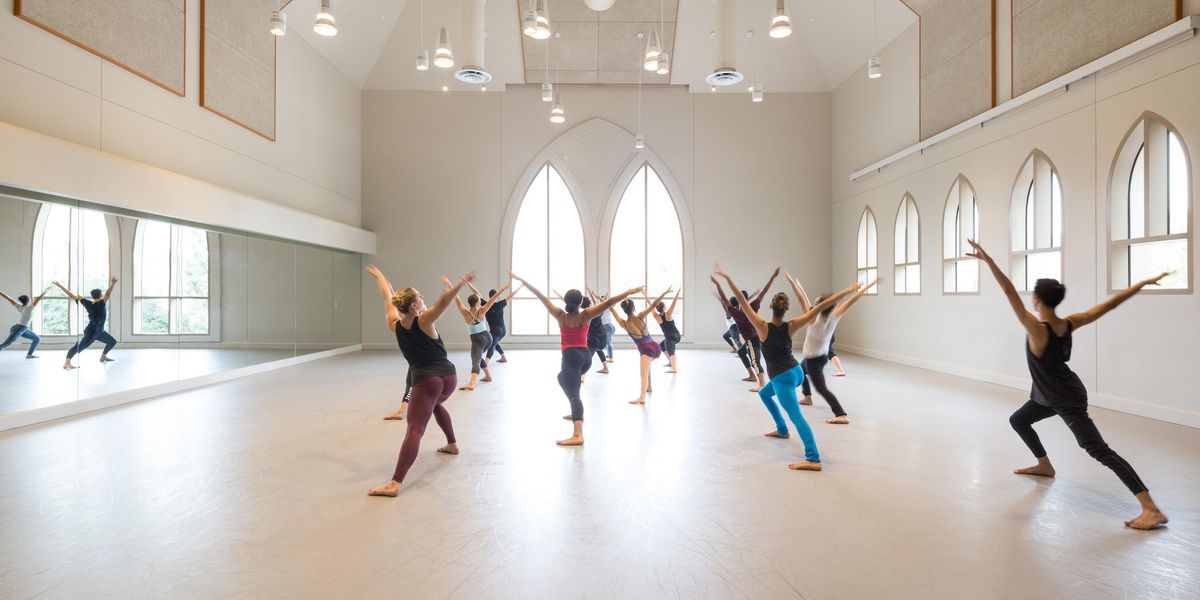William Weslow (1925–2013)
William Weslow, an extremely versatile dancer, whose performing career began and ended in major classical ballet companies, died January 29, 2013, in Manhattan. He also appeared as lead dancer in hit Broadway shows, at Radio City Music Hall, and on television. As a soloist with New York City Ballet during the 1960s, his movie-star looks, his panache, and his 100 percent commitment to every performance made him a striking figure, particularly in turning and jumping and fleet-footed roles. His natural exuberance was best captured as the leader of the male regiment in Balanchine’s Stars and Stripes in the part originated by Edward Villella, whom Weslow often understudied. His soloist repertoire also included Divertimento No. 15, Western Symphony, The Four Temperaments, Nutcracker (Soldier, Chinese, Candy Canes), La Sonnambula (Blackamoor), and Frederick Ashton’s Illuminations (Dandy).
Born and raised in Seattle, Weslow began ballet training at the age of nine with noted teacher Mary Ann Wells. At 18, he joined the Navy (Coast Guard) and was stationed in Alaska. After completing his national service, he returned to ballet study with Wells, then moved to New York and the classes of Vilzak, Schwetzoff, and other well-known teachers. In 1949 he joined Ballet Theatre, but despite the encouragement of no less a figure than Alicia Alonso, in 1951 he left to try his luck in the commercial theater. He appeared, often as lead dancer, in six Broadway musicals, including Annie Get Your Gun, Wonderful Town, Call Me Madam, and Plain and Fancy, in TV spectaculars, and as soloist at Radio City. But he was quoted as saying that although he made lots of money in show biz, he found it unsatisfying: “In TV, for instance, you feel confined, cut down, nothing seems to move with largeness. In ballet you feel free to fly across the stage, you have discipline, and you have challenging roles.”
In 1956 he briefly rejoined Ballet Theatre; in 1958, he was invited to join New York City Ballet. He later said that his years with Balanchine were the best of his dance life and that he should have auditioned for the company long before he did.
A flamboyant personality with a sassy comeback for any remark directed his way, Weslow was as colorful off stage as on. Lila Popper Ruff, a colleague in both ABT and NYCB, writes that on long train trips you could find him curled up asleep in the overhead baggage racks. Kent Stowell, an NYCB colleague and founding director of Pacific Northwest Ballet, recalls that “his ballet stories and imitations were not for the timid. Extravagant gestures and take-no-prisoners language were his parlor tricks.” And Jacques d’Amboise reveals that his nickname in the dressing room was “Wild Bill Weslow, playboy of the Western world,” adding, “he was outrageous verbally and had manic energy. There was no icon he didn’t eviscerate. The momentum would build up like an avalanche; they had to beg him to stop.” Allegra Kent pronounces Weslow “the funniest comedian ever,” at the same time noting his empathy for others.
For Stowell, “He had a great big heart and would gladly give someone he cared for the shirt off his back. And I loved him for his restless independence.” Other dancers remember his helping them with their makeup, sending them flowers, and going out to watch them from the audience, then offering helpful suggestions. Villella mentions Weslow’s little-known off-stage talents: He had a beautiful voice and perfect pitch (his ear surely aided him in his spot-on impersonations of Danilova, Ethel Merman, and Balanchine, among other notables), and he was an accomplished draughtsman, concentrating on drawings of strange fantasy birds—often birds of prey.
On retirement from the stage, Weslow became a successful massage therapist. With many prominent entertainment personalities as clients, he became known as “masseur to the stars.” Villella attributes Weslow’s massages to prolonging his career for at least two or three years. In fact Weslow can be glimpsed as his masseur in the documentary Man Who Dances: Edward Villella (1968). —Nancy Reynolds
From top: Weslow in
Divertimento No. 15, in Stars and Stripes, in Annie Get Your Gun. All photos courtesy Judy Kupersmith.




